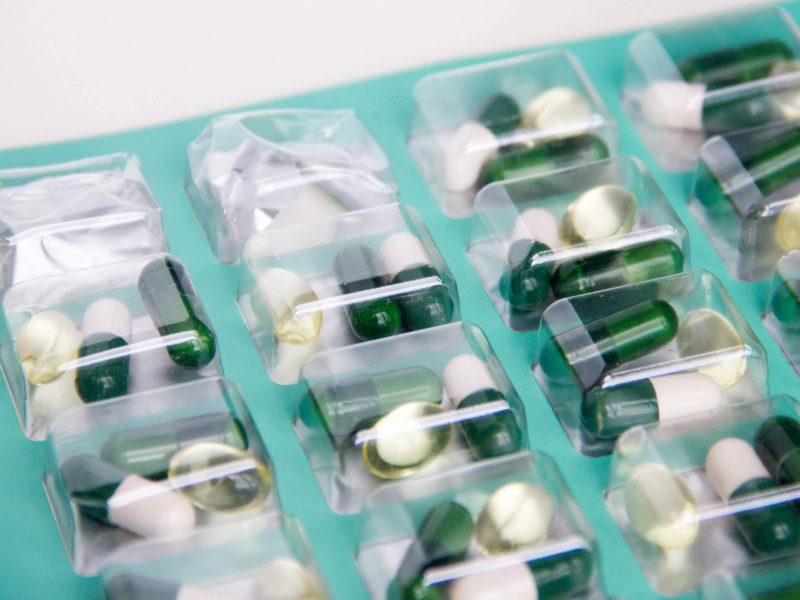
SOLARAZE GEL, STANFORD CHEMICALS, HYALURONIC ACID SUPPLIER, HA-E20, DICLOFENAC SODIUM, ACTIVE INGREDIENT,
To treat a skin condition known as actinic keratosis that is caused by long-term exposure to the sun, Solaraze, a non-steroidal anti-inflammatory dermatological gel, is widely used.
The main ingredients of Solaraze gel are Diclofenac and hyaluronic acid, whose supplier is Stanford Chemicals, a major hyaluronic acid supplier in California, United States with FDA, ISO, GMP, and CE certificates.
The proposed mechanism of action of Solaraze gel in treating actinic keratoses is to block cyclo-oxygenase-2 (COX-2) to reduce angiogenesis and cellular proliferation. Topical diclofenac and hyaluronic acid, of which HA-E2.0 powder is a product, are effective for the treatment of actinic keratosis on the mucosal lip, with a minimum of irritation.
Solaraze™ 3% gel (Diclofenac Sodium 3% w/w) contains the active ingredient, diclofenac sodium, in a transparent, clear, colorless to slightly yellow gel base. Diclofenac sodium, a white to slightly yellow crystalline powder is soluble in ethanol, freely soluble in methanol, sparingly soluble in acetone, and partially insoluble in ether. The chemical name for diclofenac sodium is:
Sodium [o-(2,6-dichloranilino) phenyl] acetate
Diclofenac sodium has a molecular weight of 318.13.
The CAS number is CAS-15307-79-6.
1 g of Solaraze® (diclofenac sodium) Gel contains 30 mg of the active substance, diclofenac sodium.
Due to the low systemic absorption of Solaraze, overdosage is highly unlikely as a result of topical use. However, the skin should be rinsed with water. No clinical cases of ingestion of Solaraze-inducing overdosage have been reported.
If accidental ingestion resulting in significant systemic side effects occurs, general therapeutic measures normally adopted to treat poisoning with non-steroidal anti-inflammatories should be used.
Side effects caused by using topical diclofenac include erythema, itching, dry skin, exfoliation, paresthesia, localized edema, application site reactions, and less frequently, photosensitivity.
